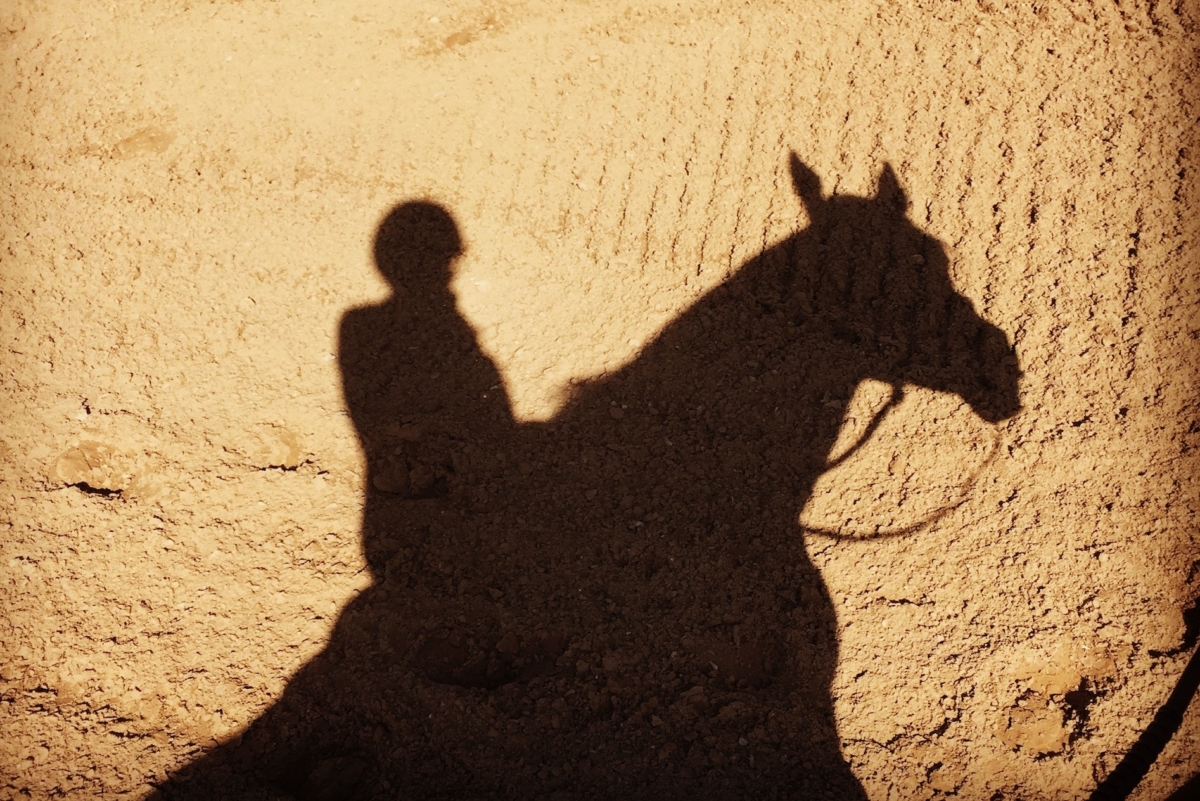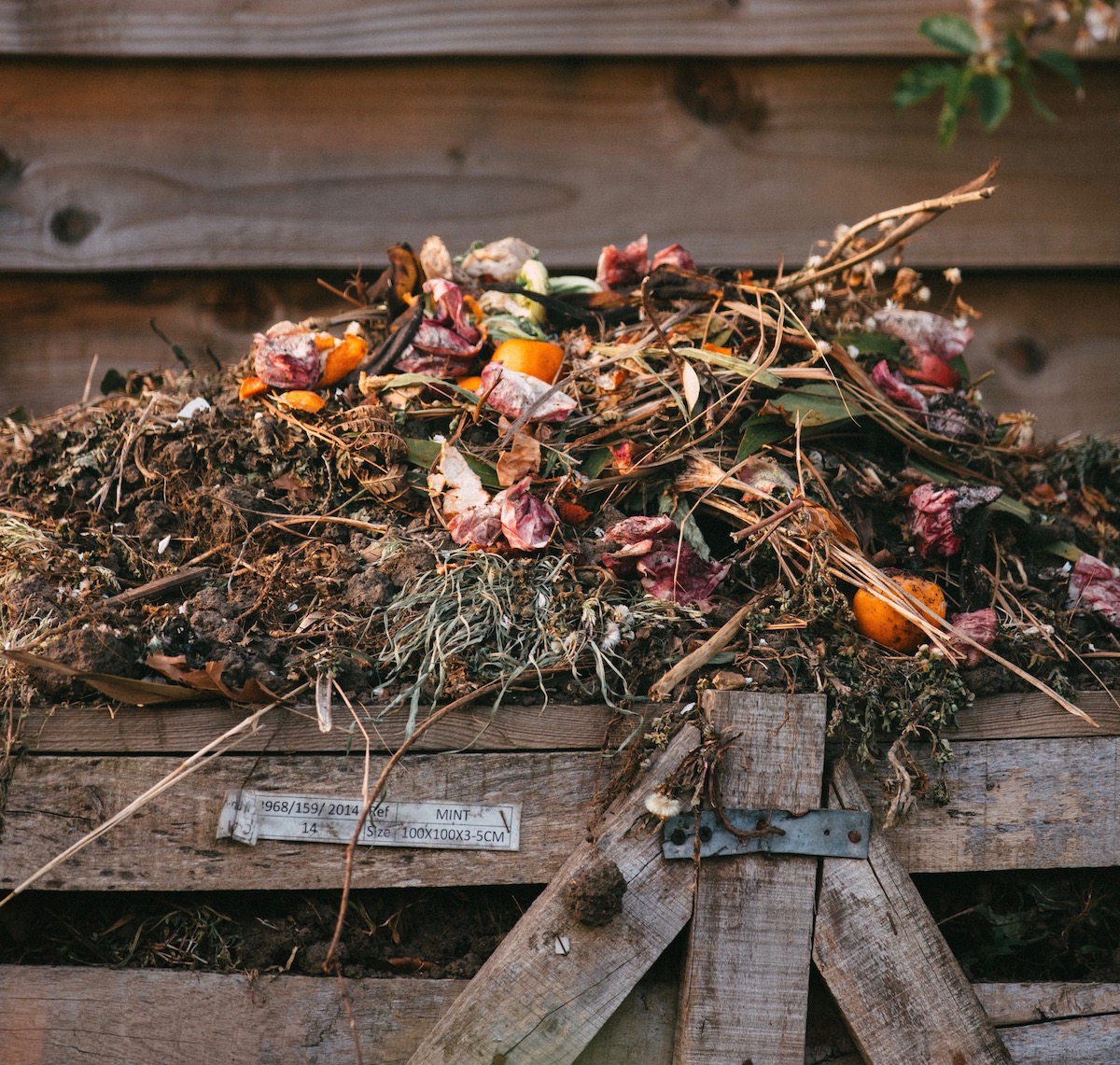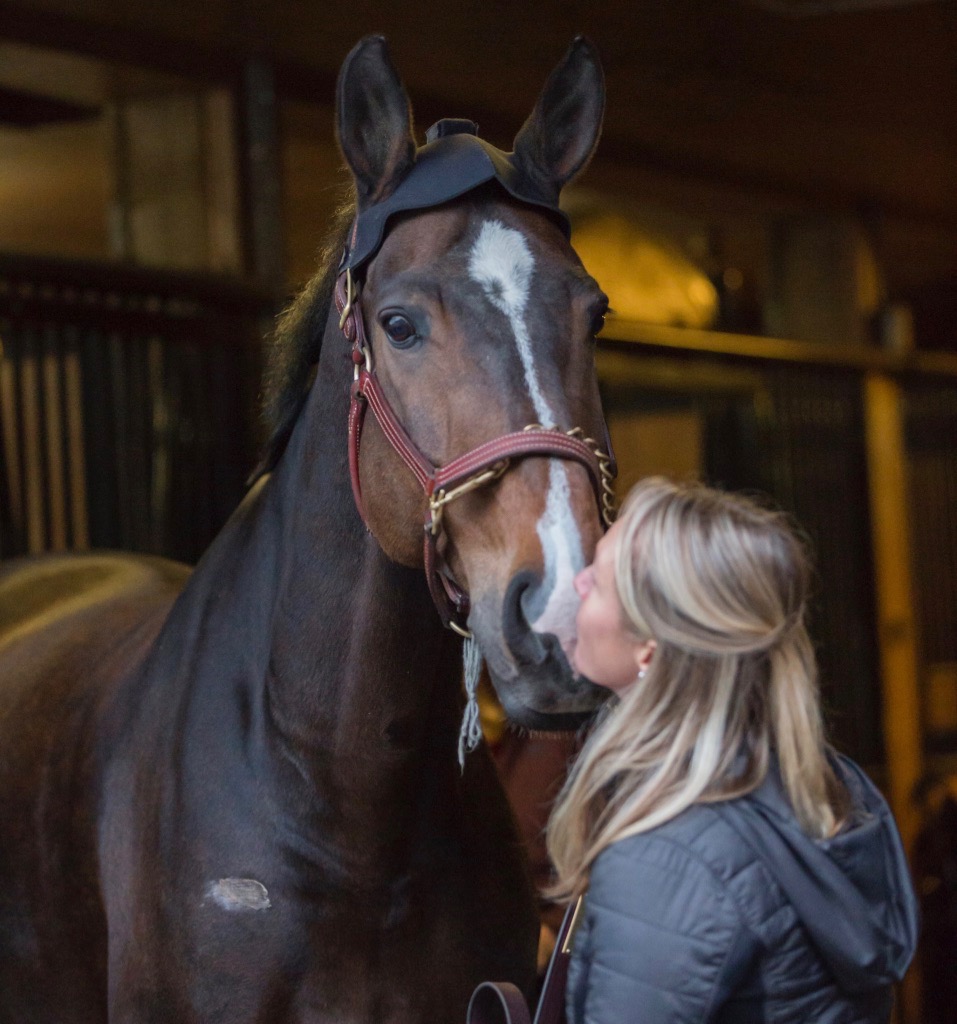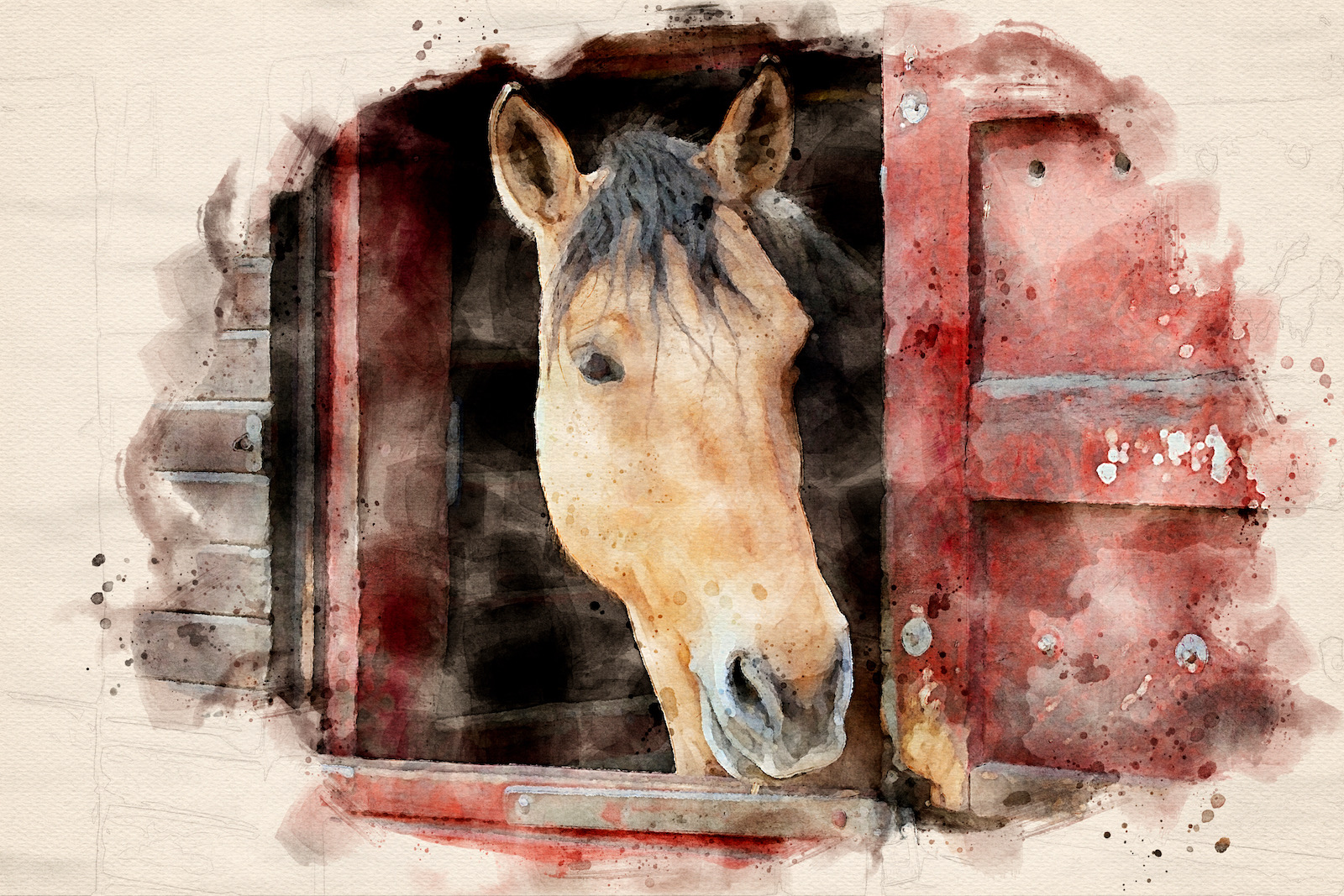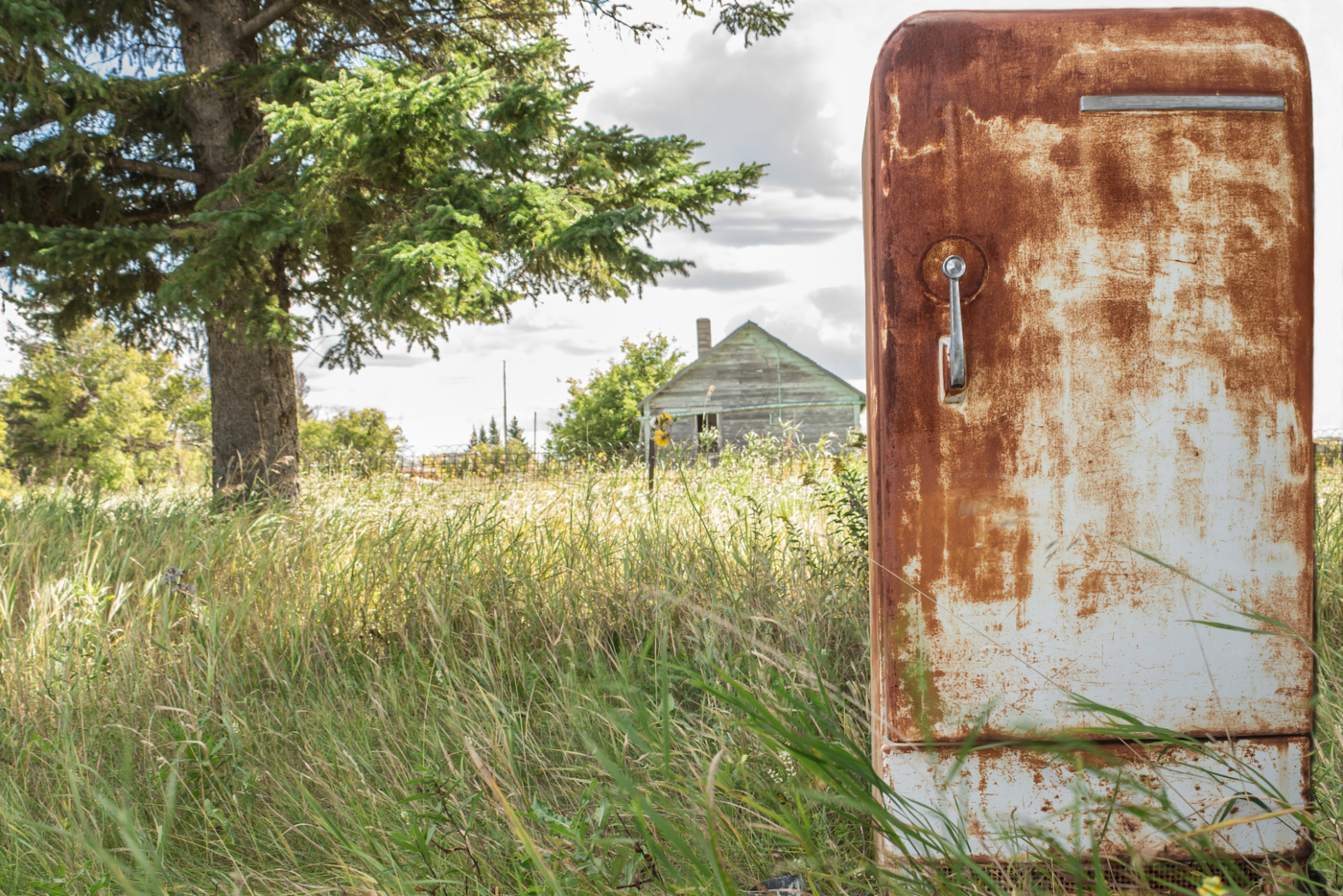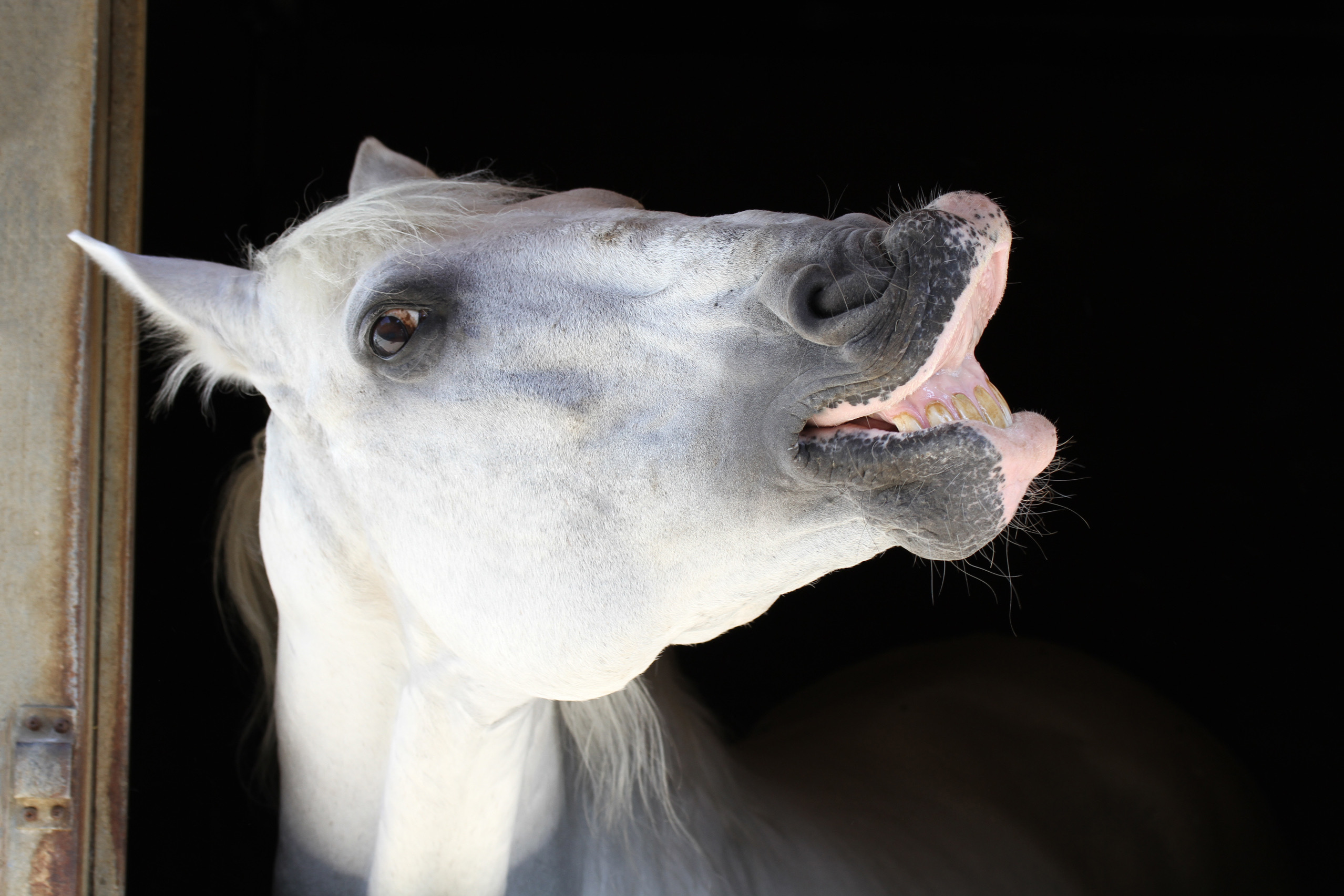In addition to an extensive grasp of horsemanship, any serious rider can be expected to be aware of two things: first, the weather; and second, the quality of the ground upon which he or she is standing. Any athlete who is familiar with slippery, unforgiving, or uneven terrain knows the risks these circumstances pose, and this is especially true when they are beneath the hooves of a horse. The ride-ability of the ground is always top of mind for equestrians, and for those lucky enough to knock around in their very own ring at home, arena footing commands considerable attention.
The foundation of a safe and healthy arena requires more than just a few truckloads of sand. Recent advances in the systems, materials, and maintenance are complex, so this week we spent a significant amount of time picking the brain of footing-expert-to-the-stars, Lawton Adams, the co-founder of FootingFirst, and “ring-master” for some of the biggest pros in the biz. Below we share every dirty detail, including the busting of some pervasive myths, which we hope you will find useful whether you are building or revitalizing an arena of your own, or just want to survey the land with an educated eye the next time you roll into an unfamiliar facility.

Hear what McLain Ward has to say about FootingFirst.
Click here.
For those who are looking to install or upgrade an arena at a farm, what is the starting point?
People should really start with a budget. For some reason, people really don’t want to do that, and some get offended by it, but if you don’t start with a budget you end up wasting a lot of time. If you were in the market for a car, what’s the first thing that you do? You’d define a budget. You’re not going to go look at a Ferrari if your budget is $40,000. So I try to get people to consider the budget first, then the number of horses that are going to be using the arena, as well as the frequency. Obviously, the discipline of use is important as well.
Sometimes early in a conversation, a customer will tell me that they have a budget of $30,000, and they have eighty horses and thirty lessons that happen every day. Right out of the gate that’s an issue, and I’ll have to tell them that the budget is not enough to buy footing or to build an arena that will properly sustain what they’re trying to do. On the contrary, if someone has two horses and a budget of $100,000, I might tell the person that they can lower their budget, unless they just want the best of the best regardless of how often it’s used. More important than what you spend, is ensuring that you get value for your dollar.
Okay, so we’ve arrived at a budget. What next?
The three criteria I consider are the grading, drainage, and base. These must be done properly, or there will forever be issues. People focus too much on the footing and not what is beneath it, which is equality important. I often see people throwing money at the footing, when they really should be putting money into the drainage and base.
Some of our clients have purchased preexisting farms with arenas. In these cases, sometimes we have to come in and start over from scratch. Other times, the preexisting arena might not be horrible, but also might not be ideal. This makes it very challenging for us, because we have to figure out if we can work with what is already there. In that case, we quite often give multiple options which include a full renovation of the arena in order to meet the proper specifications, as well as the option to work with what already exists and potentially save a client a lot of money. In the latter case, we make it clear that there could be some minor issues, such as some erosion during storms, or the arena requiring an extra day to dry out. The client will go back to the budget, weigh the pros and cons, and decide what they want to do to make an arena that is as suitable as possible.
For an arena with a properly installed base but footing that isn’t ideal, we could simply take that footing off and replace it with a footing that offers more stability, or cushion, or both. As long as the base is done properly, the footing is malleable.

An example of FootingFirst’s TravelBright™ signature footing.
Once the base is installed, and it’s time to decide on footing…
Footing is sand, and all of the other products that are being promoted are additives. The sand is what matters most.
A poor-quality sand is one that doesn’t have good stability. The number of fines in the sand (or lack thereof) and the shape of the individual grains are important. A grain that is too large or round (i.e. beach sand) will not provide stability. Silica sand is the best. I began building rings in 1984, and after I had been doing them for a while, people began to comment that they really liked our work and that we had some of the best footing, but that when they went to Europe, the footing there was better than anything they had seen in the United States. We researched that, and what we found was that Europe has a very steady supply of silica sand, and they don’t have to go far to find it. They like to brag that they do footing better, and I agree with that to a point, but they’re also fortunate in their availability of sand.
In this country, depending on location, the nearest high-quality silica sand might be 400-500 miles away. Then, not only is it far away, but it can be very expensive to purchase. In other cases, it can be reasonable to buy, but if it has to be trucked several hundred miles it becomes exceedingly expensive (sand is heavy!). There are decent quality non-silica sands, but how well that will work in any particular situation is dependent upon the intended use.
Please tell us a bit about synthetics.
First, it needs to be said that fiber is not footing; fiber is an additive. There are several companies that market online that have been very successful selling fiber. They use the term “footing,” but often times once the order is placed, the fiber shows up and customers realize they have to add sand to it. Then the problem is that the sand wasn’t in the budget, and worse, they’re susceptible to getting the wrong sand. Sometimes they get lucky, sometimes they don’t. It depends on the region that they’re in.
Dressage and jumping have gotten to a point where the footing is very similar, requiring good stability on top, as well as cushion beneath. Fiber provides both if it’s the right type of fiber blend and is installed properly. Rubber is also an additive. Quite simply, it creates cushion, obviously. I never recommend an all rubber footing. You’ll never get the stability that you really need, and you can decondition a horse with it. I also don’t recommend putting rubber in most footing blends to start with. Generally, rubber is best when added in very small portions over time as a footing starts to compact or tighten, or to become “dead.” That’s another key factor — never add a lot at one time, because you can always add but it’s very hard to take it away.
I believe most issues with synthetics stem from misuse: too much; the wrong type; or, quite often, the wrong type of sand. If you have the wrong type of sand, I don’t care what you add to it, you’re not going to have a good footing.
Please tell us about “dust-free” versus “water-dependent” footing.
Our dust-free footing is made up of multiple products, and precisely blended with a select paraffin. And not all paraffins are equal! Our indoor versus outdoor blends do vary.
I recommend dust-free for all indoors. Watering indoor arenas can create issues; it’s difficult to water consistently indoors, and if you don’t put water down consistently, it creates variations in the footing. The other problem is that watering systems can raise the humidity level in the summer in an indoor, are prone to freezing in the winter, and often get windows or walls wet which creates stains or mold. If a water-dependent footing is put in an indoor, I highly recommend an overhead irrigation system that waters almost like rain.
At the end of the day, given the cost of irrigation, is it cheaper to do dust-free footing than irrigation?
It all depends on the availability of water. For some reason many people start backwards, from the cost of the watering system. But what good is a watering system if you don’t have a water supply? If you have a private well, how many gallons does it put out? If you’re using public water, do you get charged by the gallon and what is that cost? If you subtract the cost of the watering system from the additional cost of the dust-free system, sometimes it’s very close. And again, with an indoor, it’s a great decision.
For an outdoor ring it’s a little different. Our dust-free surfaces outside do work well and we have many of them out there, but the slight disadvantages are that the dust-free footing is hotter in the sun, and can take a little more diligence to maintain.
Dust-free footing (left) versus a blend of silica sand and fiber.
Water-dependent footing is generally more budget friendly, right?
Sure. And if someone says they want to spend as little as possible, or that they’re looking at sand in their region, we will source a good quality masonry sand as close to their location as possible. Then we will weigh the pros and cons of that sand against a higher quality sand that comes from further away. If somebody comes to us and just wants the best water-dependent footing that they can get, then we already have predetermined, high-quality silica sand and fiber blends on hand.
Is there a general watering rule?
Absolutely. With water-dependent footing, it is often misconstrued that the water is just there to prevent dust. In a high-quality blend, the water acts as a binder and is integral to its performance. If it’s dusty, it’s already way past the point where it should have been watered. This is one benefit to silica sand, which retains some moisture. The fiber holds some moisture as well, but not to a great degree. Local masonry sand will never be balanced fully with additives. Additives can help retain moisture or stability, but they’ll never make a lower quality sand equal the performance of a higher quality sand. Again, the key component of footing is the sand, not the additives.
Does geography play a large part in arena surface functionality?
Nothing is winter proof. If anyone ever tells you they offer winter proof footing, well, buyer beware! The only footing that we offer that is winter resilient, is the dust-free option. Because it absorbs the sun, the snow melts off of it faster, it loosens up faster, and it gets less deep of a freeze than other surfaces. Other than that, pretty much every base and every type of footing is going to have the same reaction to cold weather.
So we’ve talked about base, sand, additives, irrigation…is there anything else we’ve missed?
Well, maintenance, or grooming. First, don’t buy a groomer before the footing! Choose the footing first, then the tractor, then the harrow. I’ve had situations in which people have large arenas and a lot of square footage to groom, and they buy a little tiny garden tractor. I’ve had other situations in which people have a little tiny arena, and they buy a 60HP monster. Make sure your tractor and harrow match the footing and size of the arena.
The amount of arena grooming required is dependent on the footing. A footing that compacts easily will require more dragging, which also means burning more fuel, more wear and tear on your tractor, worn out teeth on your groomer, etc. It does add up. Dust-free footing generally requires less grooming, but of course all grooming depends on use and weather. As a rule of thumb, I always recommend grooming before a heavy rainfall to aid in consistent drainage of the arena.
We’ve talked about jumpers and dressage riders. What about western riders?
There should be crossover between jumpers and dressage riders. You might want to groom the same footing differently, but the right footing should be able to be shared happily by both. Western is a bit more complicated, specifically in regards to reining. Reining requires a completely different footing due to the sliding stops. The footing is there almost as a buffer, because when the horse slides it does so on the base, so reining requires a footing that will allow that to happen. It also requires a particular base that is compacted differently and has a different texture.
What are some common injuries that happen due to footing?
I’m not qualified to get into the physiological aspects of the horse, but I can get into the simple stuff. I do know that deep and loose footing (which are often the same), can create suspensory and soft tissue issues. A footing that is too hard or compacted can create sore feet, and bone or joint issues. Also, a footing that is too “grabby,” or that doesn’t have enough give on the surface, can create joint issues, especially over time. As a horse turns, the footing should give a little bit, and that’s actually the most difficult part of a footing to create. It should have stability so it doesn’t sheer, but also needs to give enough that it’s not putting stress on the horse’s joints. When dust-free footing was first on the market, it was firm and compact, which is what the equestrian world wanted. However, people started to realize this was not great. We have over time worked on creating better shear and cushion, but keeping good traction and stability in the blend.
How can you visually identify a footing as decent or poor before you get on and ride at a new location?
Someone with experience in footing can do a toe test by simply jabbing a foot into it, but that’s a skill that develops over time. It’s obviously not an exact science, but it’s a good start. And depth is central. Of course, optimal depth depends on the footing, but a local masonry sand shouldn’t be deeper than two to two-and-a-half inches, while a higher-grade footing can be as deep as six inches. Consistency is very important, though. A horse will typically do better on bad footing that is consistent, than $100,000 of inconsistent high-grade footing. Consistent depth and performance are paramount.
Lastly, if you’re having a footing specialist to your farm, don’t groom the footing before they get there. It happens to me all the time, but I need to see the penetration of the hoof. I need to see footfalls!

Very special thanks to Lawton Adams for sharing his expertise!
Footing Fiction vs. Fact
Misconceptions are widespread. Lawton Adams sets the record straight.
Fiction: “White sand makes the best footing.”
Fact: The color of sand has nothing to do with how it will perform when used for footing.
Fiction: “I have a fiber footing.”
Fact: Fiber and rubber are not footing; they are footing additives and only help when used for the right reasons and are properly installed.
Fiction: “Fiber will prevent dust.”
Fact: Fiber adds a minimal amount of moisture retention; it will not prevent dust.
Fiction: “Sand should be installed at least four inches in depth.”
Fact: Sand alone should never be installed at more than a three-inch depth and often not more than a two-inch depth depending on the type of sand.
Fiction: “You can always laser grade the footing in an existing arena.”
Fact: Footing can only be laser graded when it’s installed over a base that was laser graded.
Fiction: “You cannot drive heavy equipment or trucks on the arena.”
Fact: If this is true, then the arena was not properly built.
Fiction: “The base needs to settle before you can install the footing.”
Fact: This is only true if the base was not properly installed.
Fiction: “An outdoor arena should be built flat.”
Fact: If so, then you are asking for drainage issues.


